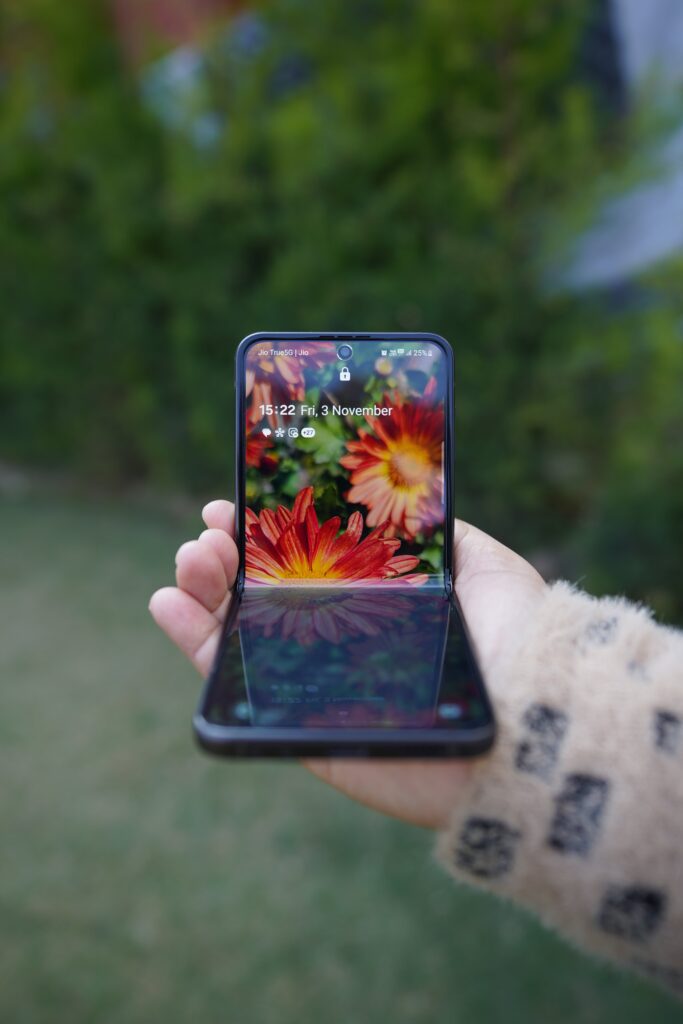Tech Tip: Are Foldable Phones Worth It?
By • February 5, 2024 0 355

How Does This Foldable Tech Work?
Foldable tech isn’t limited to mobile, but for our purposes today, we will strictly stick to that form factor. The technology was introduced a few years ago and was immediately popular, not just because it was a new thing (although that helped), but because it provided a whole new interface for people to potentially do more. There are two major innovations that make these types of devices possible. They are:
- Organic Light-Emitting Diode – Foldable devices use OLED displays because they can be made flexible. Unlike traditional LCDs (Liquid Crystal Displays), OLEDs emit their own light, allowing them to be more pliable and thinner.
- Polymer Substrates – Flexible OLED displays use polymer substrates instead of glass. These substrates are also more flexible, allowing the display to bend without breaking.
Couple this with cutting-edge processors, graphics systems, and a developing market for such devices, and the technology presents users with interesting new options. There are many different new considerations manufacturers need to take into account when building a foldable phone. How do they make them affordable enough for the average consumer? How does the hinge system work after opening and closing the devices thousands of times? What apps are optimized for that form factor? Manufacturers and software developers have done their best to find the answers.
The Pros and Cons of Foldables?
Pros
With more real estate to work on, users can do more than with a standard screen on your average mobile device. That’s the basic value proposition for the use of a folding phone. If you’re constantly asked to use productivity apps on your phone, getting a folding phone will undeniably have some benefits.
Unfortunately, that benefit is seemingly the only one; and while it’s a substantial improvement over your average mobile device, the only additional positive is that the new form factor makes mobile software developers come up with new and innovative ways to use these larger displays.
Cons
There are quite a few questions that revolve around the form factor itself, such as the problems of dust and water resistance, reliability of the hinges, and the inevitable crease that forms in the center of the folding display.
Another is the question of price. Most foldables are being sold for a premium price. The Samsung z Fold 5, for example, is sold retail for around $1,800 with standard specifications. That’s an enormous price for any smartphone and if you’re paying that money for a device that is significantly more delicate than a standard phone with most of the same features, better battery life, better camera experience, et. al.; you may find yourself regretting the decision.
At Computerware, our expert technicians can help you establish a mobile strategy that can include all types of technologies that you may not think of, while also ensuring you have everything you need in any situation. Give us a call at (703) 821-8200 to learn more about everything we can offer.
Chip Evans is CEO of Computerware.com.

